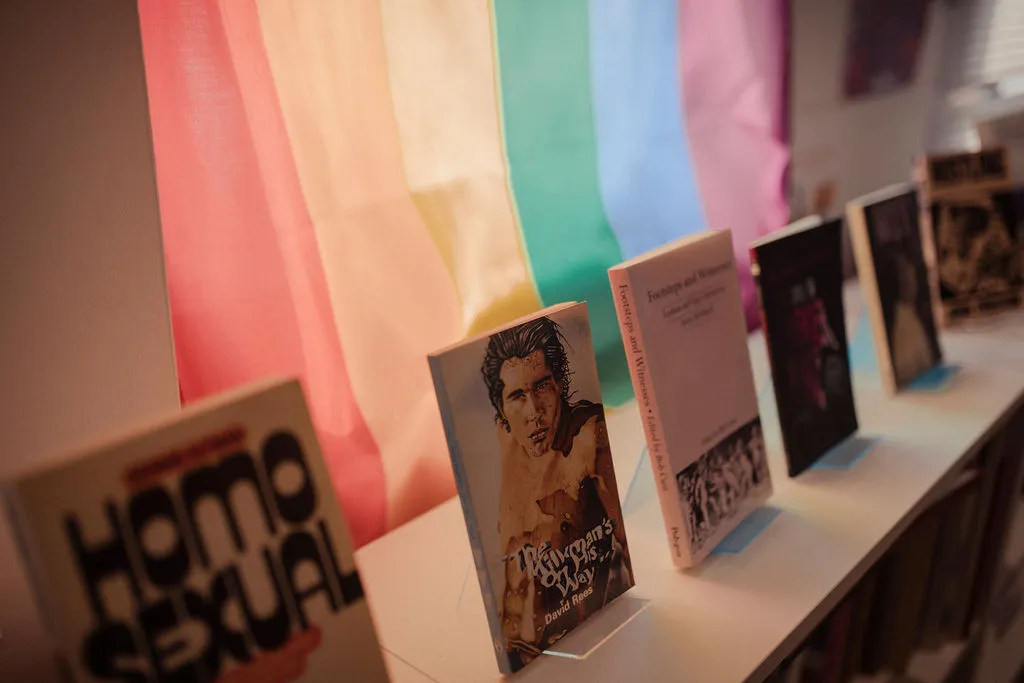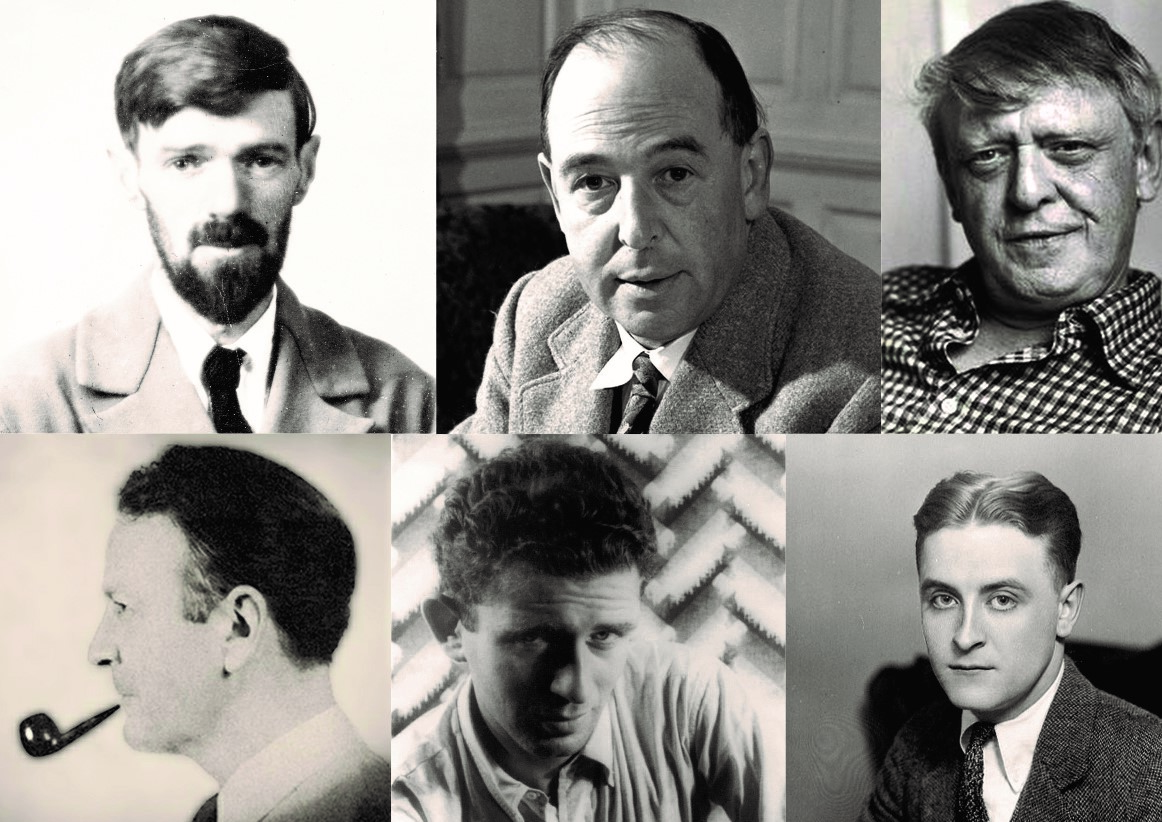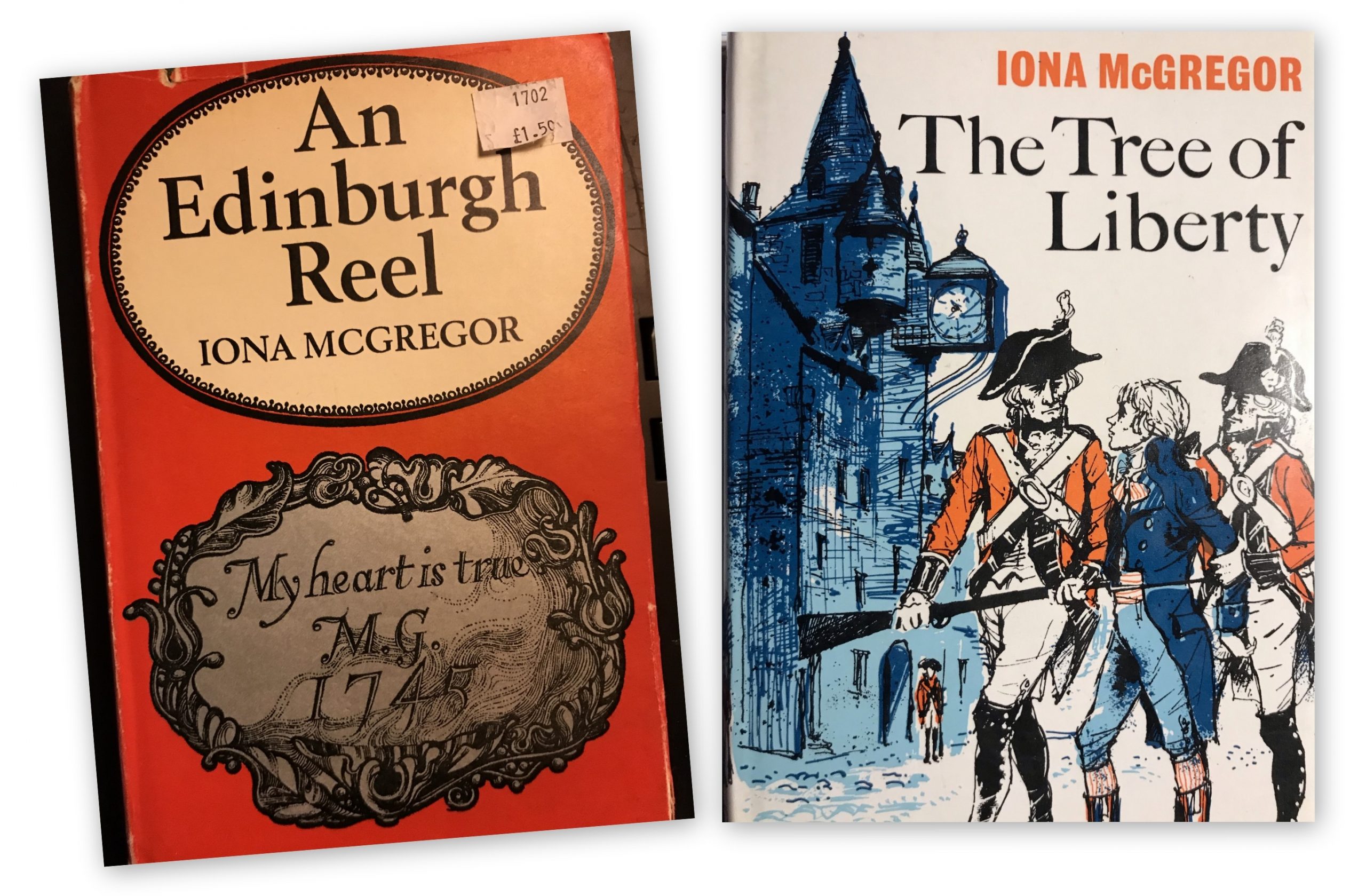Blog
-
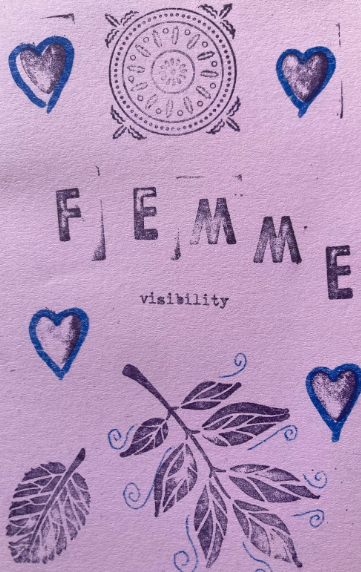
Lavender and Menaces
The clothed lesbian body as a tool of resistance, the sapphic significance of purple, and the making of the modern-day femme To celebrate lesbian visibility week this year, I decided […]
-
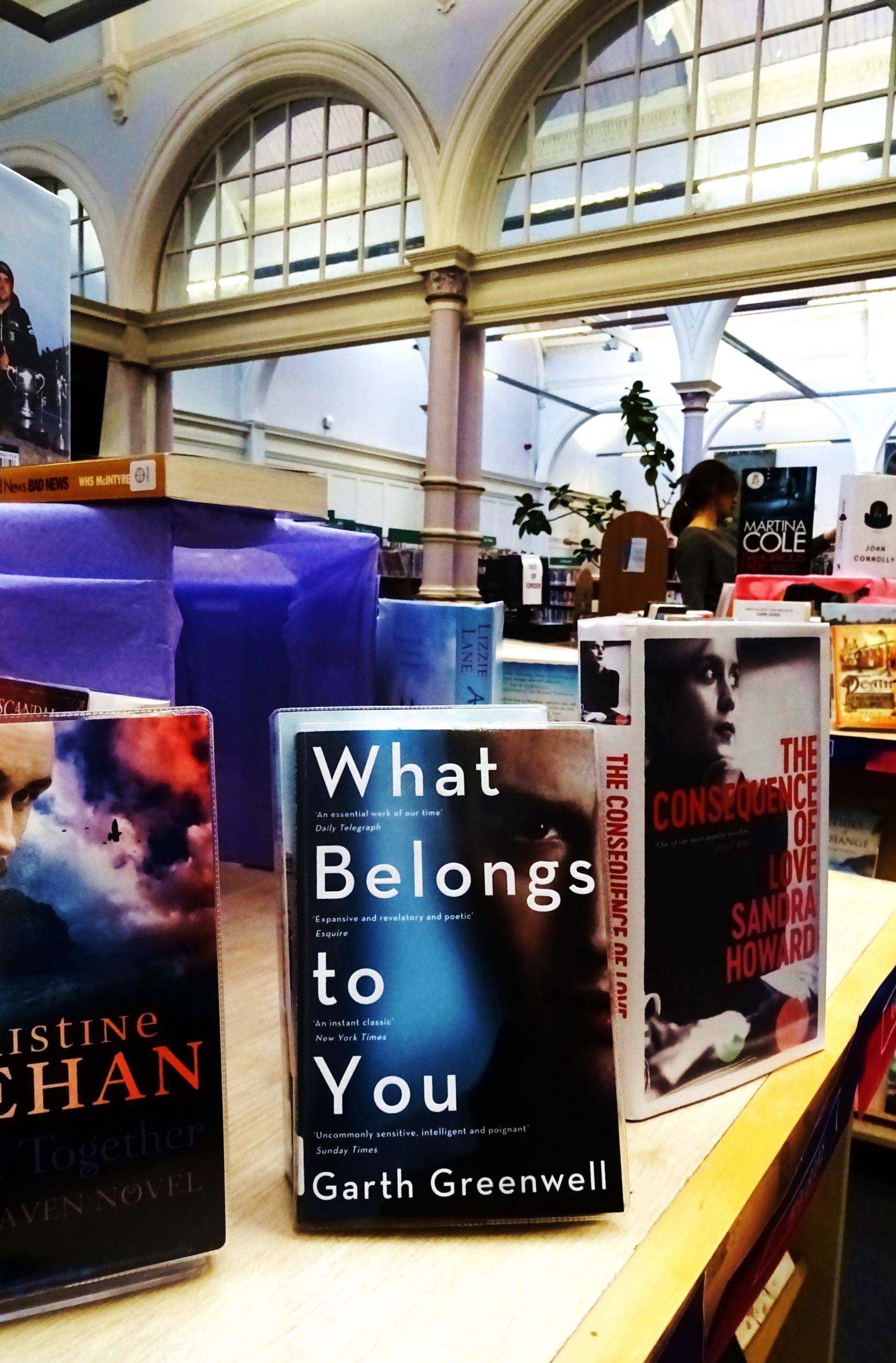
Welcome to our blog
We’ve already started blogging about the books in our growing archive – found in our own and friends’ collections and secondhand shops. And we invite you to join us.
-
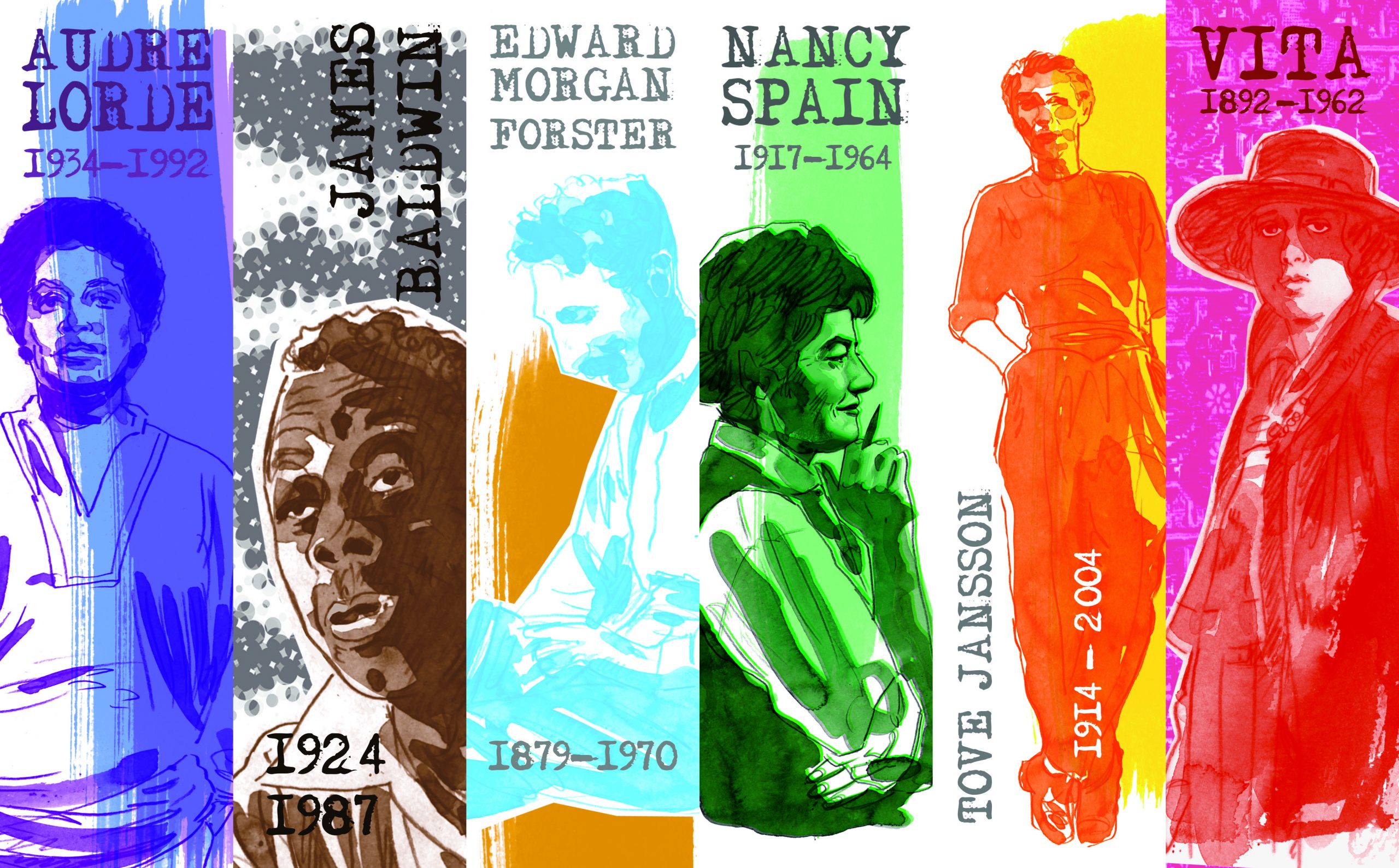
Menaces in Colour
Cartoonist Kate Charlesworth and Lavender Menace Queer Books Archive launch their new range of cards and bookmarks!
-
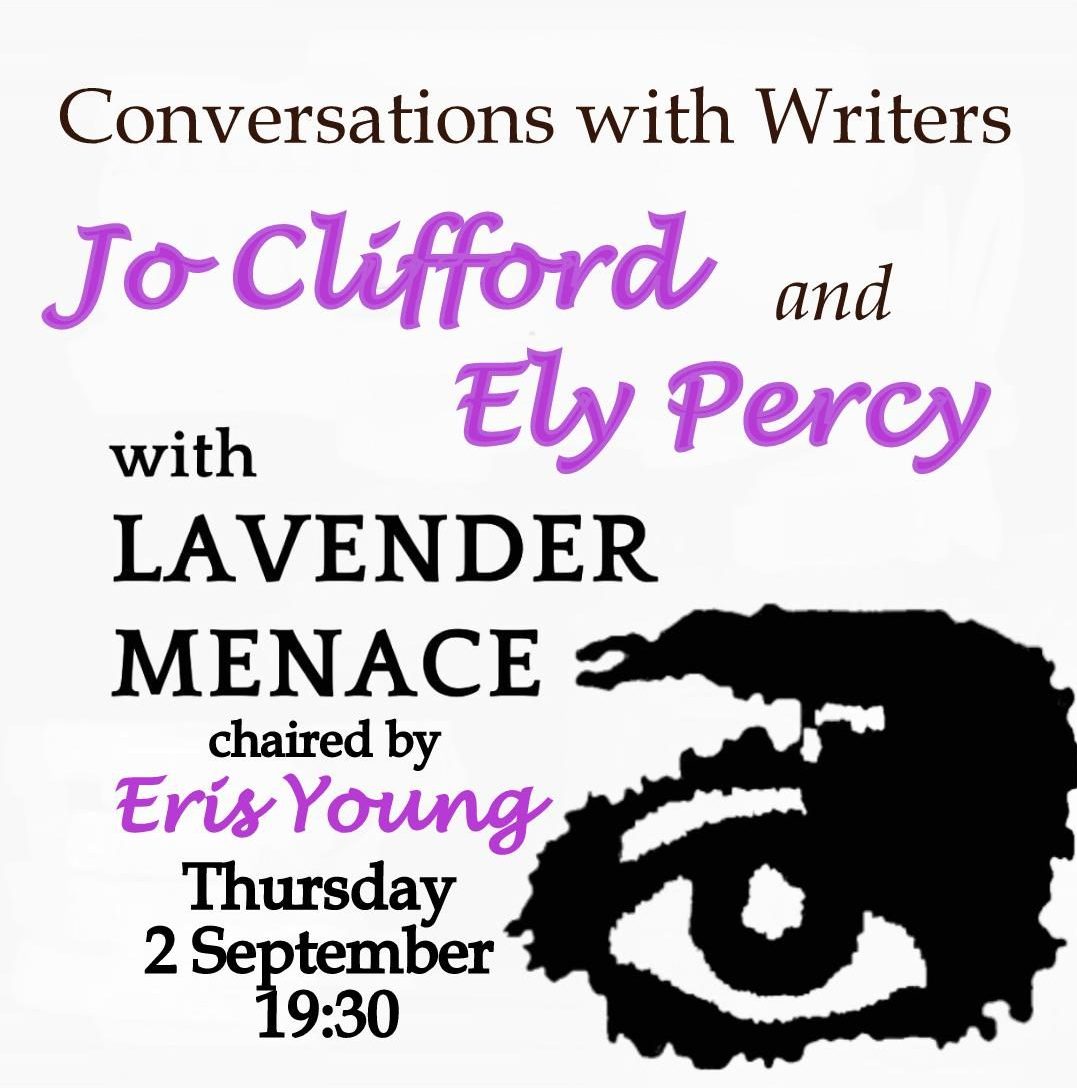
Three Writing Lives
Our second online event Conversations with Writers took place on Thursday 2 September. Playwright Jo Clifford and novelist and short story writer Ely Percy were in conversation with Eris Young.
Got any book recommendations?
